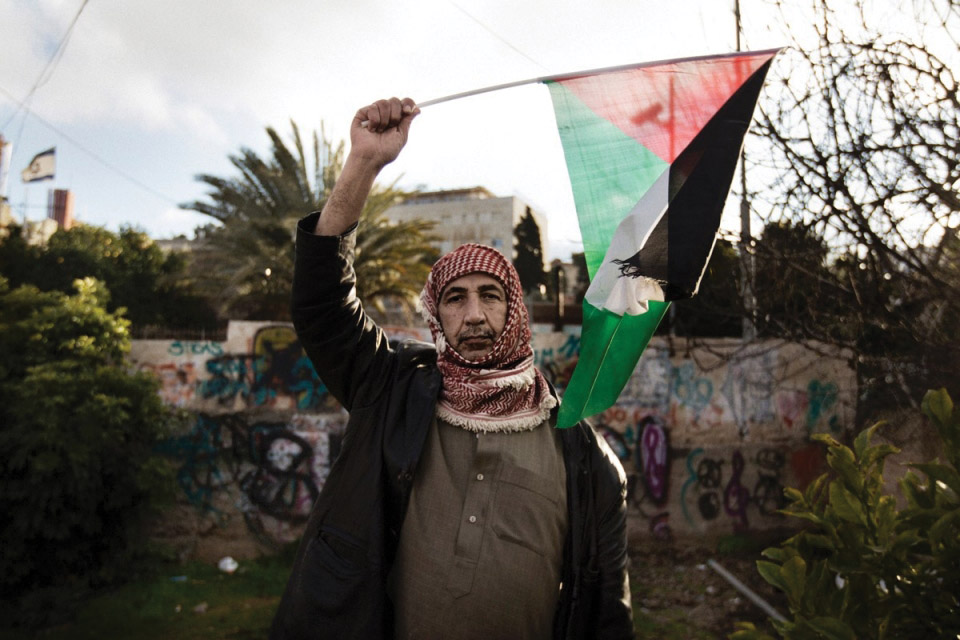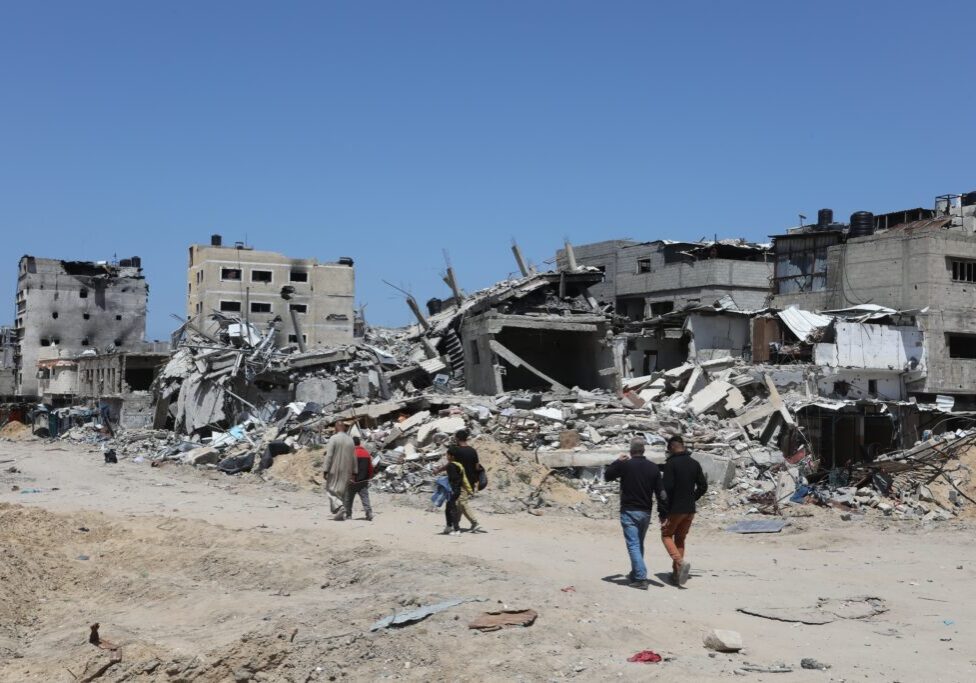Australia/Israel Review
The plight of Palestinian nationalism
Aug 27, 2012 | Jonathan Spyer

Jonathan Spyer
There is a strong case for saying that the Fatah-led Palestinian national movement, as we have known it from the late ’60s onward, is fading from the scene.
But while, in practical terms, the Palestinian national movement is an increasing irrelevance, the symbolic cause of Palestine nevertheless retains great emotional appeal both for the Muslim world as a whole and for a wide spectrum of Western leftists. The result is that a new, loose, global, Islamist-led movement is emerging in its stead to carry the Palestinian banner.
The failed peace process of the 1990s indicated the central dilemma for the Palestinian national movement. It was not strong enough to achieve its maximum goal – of destroying what it regarded as the illegitimate State of Israel. At the same time, with the defeat of Zionism at the very center of its view of the world, it proved incapable of making the compromises necessary for a peaceful partition of the disputed area.
Following Yasser Arafat’s death in 2004, the Palestinian unity which he had created and bequeathed to his people did not long survive.
The 2007 split between Arafat’s Fatah and the Palestinian Islamists of Hamas now has the look of permanence about it.
Hamas is entrenched in its Gaza fiefdom. As a branch of the Muslim Brotherhood, its natural partner in the neighbourhood is the Muslim Brotherhood ascendant in adjacent Egypt, rather than its Ramallah based secular rivals.
As for Fatah, it is the local representative of the rotting secular Arab nationalist movements and regimes which are currently being eclipsed.
It should be noted that the “Arab spring”, in terms of successfully toppled regimes, has brought down only secular Arab nationalist regimes of this type. Fatah and the PLO belong to the same era, and the same essential outlook, as the officers’ regime in Egypt, and the Ba’athist regime in Syria, and the other examples of this type which are now exiting the stage of history.
Irony of ironies, the element keeping the Fatah-PLO rulers in Ramallah safe from their Islamist opponents in their West Bank fiefdom is the army of their most hated enemies. Today, the only thing standing between the Palestinian Authority leadership and the fate of Ben-Ali, Mubarak, Gadaffi and the rest is the Israel Defence Forces.
So the Palestinian national movement has divided into two. The more vital, Islamist element – Hamas – is busy building an alliance with the Muslim Brotherhood in Egypt. It controls a sovereign space, outside of Israeli occupation, in which it is building a repressive prototype of Muslim Brotherhood rule. It remains theoretically committed to the destruction of Israel, but in real terms spends its main energies today ruling Gaza.
The remaining Ramallah-based Fatah authority, meanwhile, administers the lives of 95% of the 2.4 million Palestinian Arab inhabitants of the West Bank, but in a situation of only partial sovereignty. It is safe from Hamas for as long as the implicit threat of Israeli intervention remains. It remains unable to pursue a successful negotiation with Israel because of its adherence to the old shibboleths of the 1960s and ’70s vis-a-vis the “right of return”. Of course, it also has no credible military option against the Jewish state, which is its protector.
Nor is old-style Palestinian nationalism faring any better among the populations living under Israeli rule.
The so-called “Palestinian-Israelis” may vote for nationalist Knesset candidates, but they reject with horror any suggestion that their areas might come under Palestinian Authority rule. In real life, they much prefer the company of the Zionists to their fellow Palestinian nationalists. Understandably so.
The Arabs of Jerusalem, too, are seeking Israeli citizenship in increasing numbers.
Divided, with no strategy for reunification, or for victory, or for compromise. This is the current state of Palestinian politics.
And yet, a bright spot on the horizon remains for all those who still hope for Palestinian victory over Israel. At the very time that the actually existing Palestinian national movement faces a historic nadir, “Palestine” as an idea has made great inroads into the public mind in the west. Particularly, but not only, in western Europe.
The Jewish state’s moorings as part of the western democratic world are more fragile than they were 30 years ago. Fervent anti-Zionism, sometimes shading into open antisemitism is closer to the western European mainstream discussion than at any time in the last half-century. Israel’s fight against “delegitimisation” is not an imaginary struggle.
And of course the rising Islamist elements coming to the fore in the Arab world also despise Jews and reject Israel’s right to exist, no less fervently than did their Arab nationalist predecessors.
These trends are coalescing into a new challenge to Israel – a bizarre alliance of Islamists speaking the rhetoric of human rights, and western leftists dazzled and charmed by Islamist potency and fervour.
This new trend looks set to inherit. But, while waving the banner of Palestine, it is not an independent, coherent Palestinian Arab movement. Rather, it brings together a complex welter of different states (Iran, Turkey, Qatar, perhaps soon MB-led Egypt), their clients and proxies (Hamas, Islamic Jihad, Hezbollah, the IHH, the international Muslim Brotherhood, the al-Jazeera satellite channel) and their supporters in the broader Islamic world and the international left.
The old Fatah-led Palestinian national movement, meanwhile, is maintained artificially – by US and European taxpayers’ money, and by the armed forces of the Jewish state that it came into being in order to destroy.
So is the Palestinian national movement dying? The answer is yes. But it is being replaced by a new phenomenon, perhaps best described as a global, Islamist-led campaign for the nullifying of Jewish sovereignty.
Dr. Jonathan Spyer is a Senior Research Fellow at the GLORIA Centre, at the Inter-Disciplinary Centre, Herzliya. His most recent book is The Transforming Fire: the Rise of the Israel-Islamist Conflict (Continuum, 2010). © Jonathan Spyer, reprinted by permission, all rights reserved.
Tags: Palestinians






